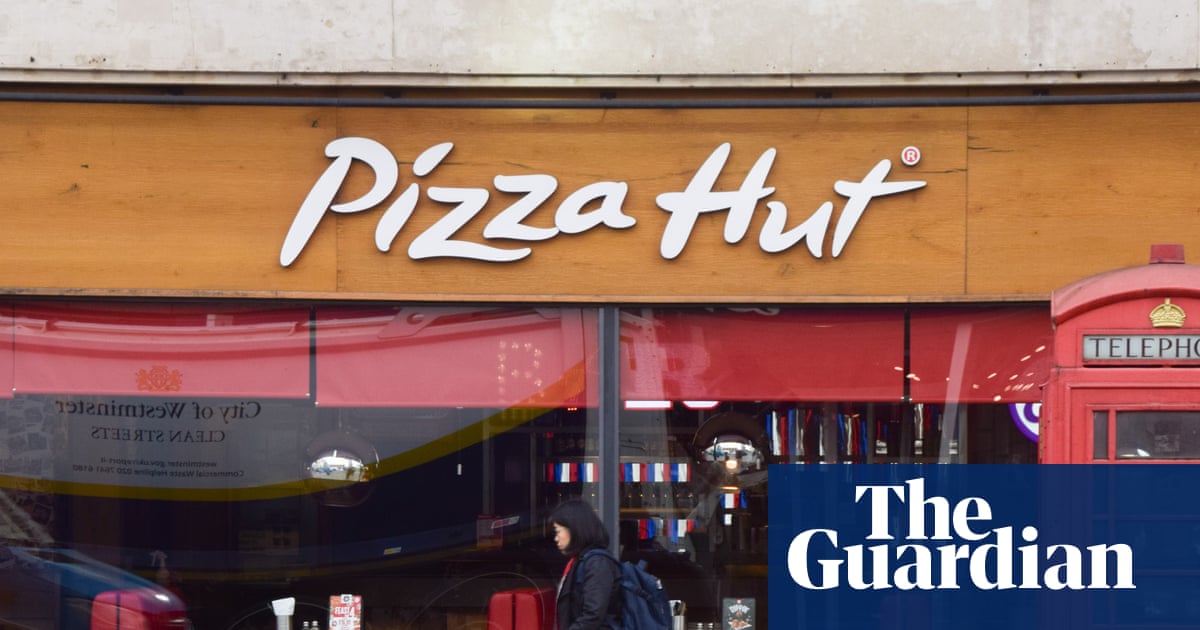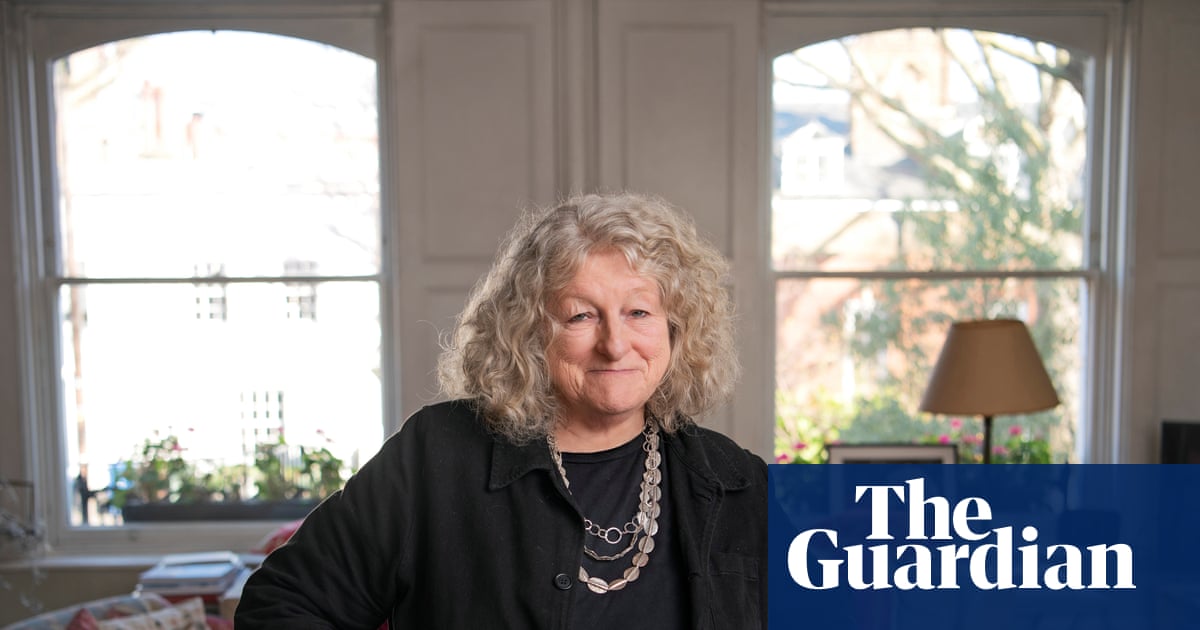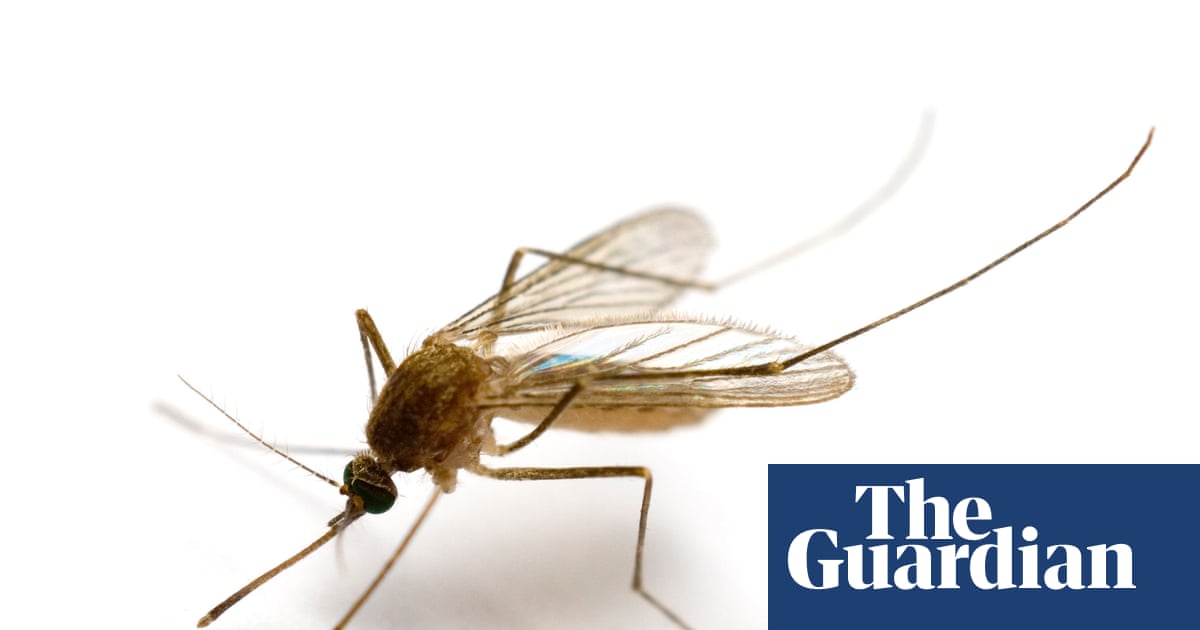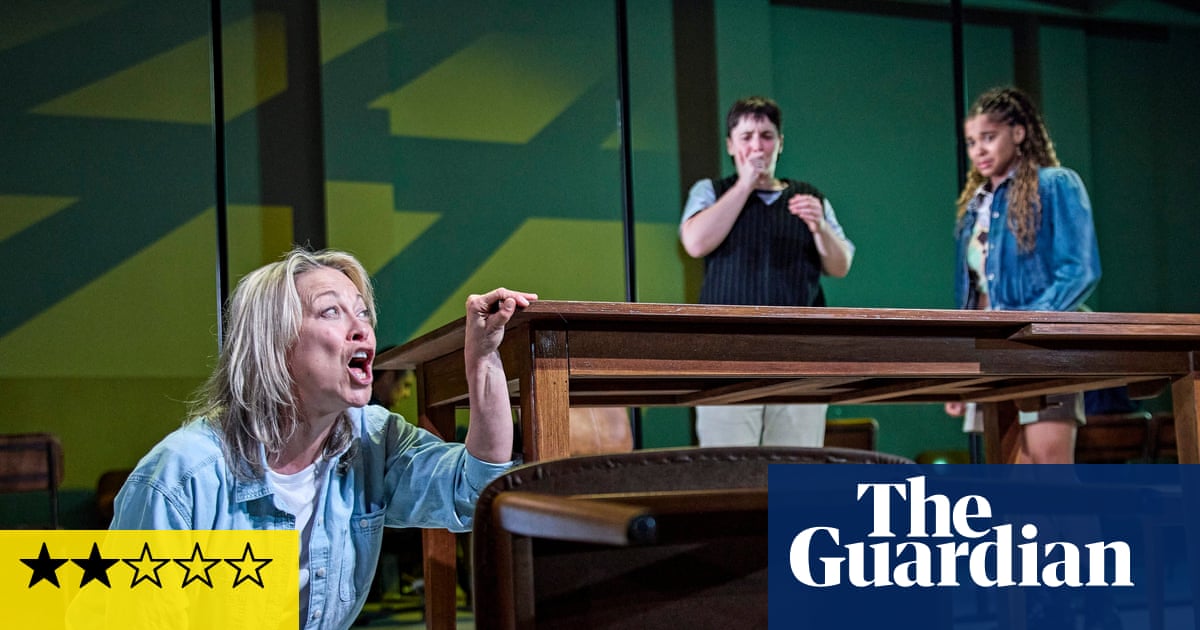A rainy afternoon in Bristol but the troop of western lowland gorillas did not seem to mind the damp and were foraging for snacks of lettuce and cereal scattered around their zoo enclosure.
To the untrained eye, their expressions might be described as lugubrious, but Sarah Gedman, the curator of mammals at Bristol Zoological Society (BZS), insisted the apes were perfectly relaxed and in tune with each other. “They’re not sad at all,” said Gedman.
The question of whether the gorillas at Bristol Zoo Gardens might be sad has made headlines in the UK tabloids and provoked concern from animal lovers around the world.
Three years ago the site near the Clifton Suspension Bridge closed to the public and most of the animals were moved to a new site, Bristol Zoo Project, on the edge of the city, where they have larger, leafier enclosures.
The eight gorillas were left behind while their new “African Forest” habitat, four-and-a-half times bigger than their current enclosure, was built.
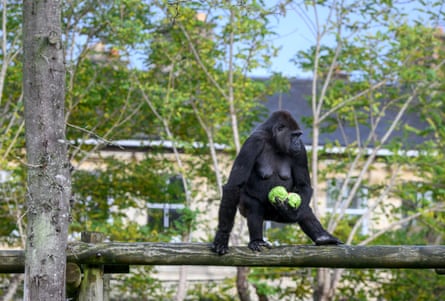
Earlier this month, an “urban explorer” broke into the zoo and posted a video of one of the apes tapping a glass window in the gorilla house and looking – to the amateur animal watcher – sorrowful. One British newspaper wrote that the “world’s loneliest” gorillas had been found at an abandoned zoo.
Gedman said the gorilla’s expression, and the conditions in which the troop were living, had been misunderstood and misrepresented. “We constantly monitor how they are,” said Gedman. “Gorillas display completely different expressions to us.
“If we’re happy we smile. But a smile for a gorilla is a sign of aggression. Gorillas rarely show their emotions through facial expressions. They are much more likely to convey feelings through actions, posture and body language.”
To Gedman’s eye, the expression on the face of the gorilla in the image that went around the world was neutral. “That means relaxed – a very good indicator of wellbeing.”
Gedman said the gorillas were not missing the crowds that used to visit. “Whether people are here or not doesn’t have an impact at all. We keep our gorillas here in a family troop, which is true to the species.
“We’ve got a silverback [42-year-old Jock] and he’s with three adult females and their offspring. They’re a really nice group of lots of different ages and personalities. Because they’re in a really lovely, complex family, social group, their social needs are being met.”
Gedman said nothing had changed in how the gorillas were looked after in the years since the zoo closed. As well as their team of keepers, the gorillas see vets, students, researchers and supporters.
The threat of more intruders means the gorillas now have to be locked into their house at night. “That does limit their comings and goings,” said Gedman.
Justin Morris, the chief executive of BZS, said the trespassing and the headlines had been difficult. “The idea that they’ve been abandoned is ridiculous. They are absolutely getting the same quality and care as they were when we were open to visitors. This is a really good healthy group of gorillas.”
The gorillas will soon be moving to Bristol Zoo Project and the public should be able to see them there next spring.
Populations of western lowland gorillas in the wild are threatened by poaching, habitat loss and disease. Morris said: “The world seems to not be very good at sticking to its environmental commitments. This group is part of a captive breeding population across European zoos. They are an insurance population.”
Hannah Windross, the director of people and public engagement at BZS, has had the difficult task of trying to get the message out that the gorillas are fine – while not attracting more headlines and thus encouraging more intruders.
She said: “We’ve faced a barrage of public responses demanding that we look after our gorillas or that someone rescues them. It’s been very upsetting for the staff.”
The conservation charity Born Free expressed concern at the actions of intruders. “They pose significant potential risks to the health and safety of zoo staff, and the animals that remain at the site,” it said.
“We are encouraged by statements from Bristol zoo suggesting that the great apes are receiving the same care, regular enrichment, health checks and welfare assessments that were in place prior to the closure of the site, and urge the zoo to expedite the creation of their new facility to enable the animals to be moved into secure and improved accommodation as soon as possible.”
After grabbing their greens and cereal, most of the gorillas retreated back to their warm house. One of the females, Karla, stayed out munching on a lettuce. The sun briefly came out and she didn’t seem particularly sad or lonely.

 2 hours ago
7
2 hours ago
7


